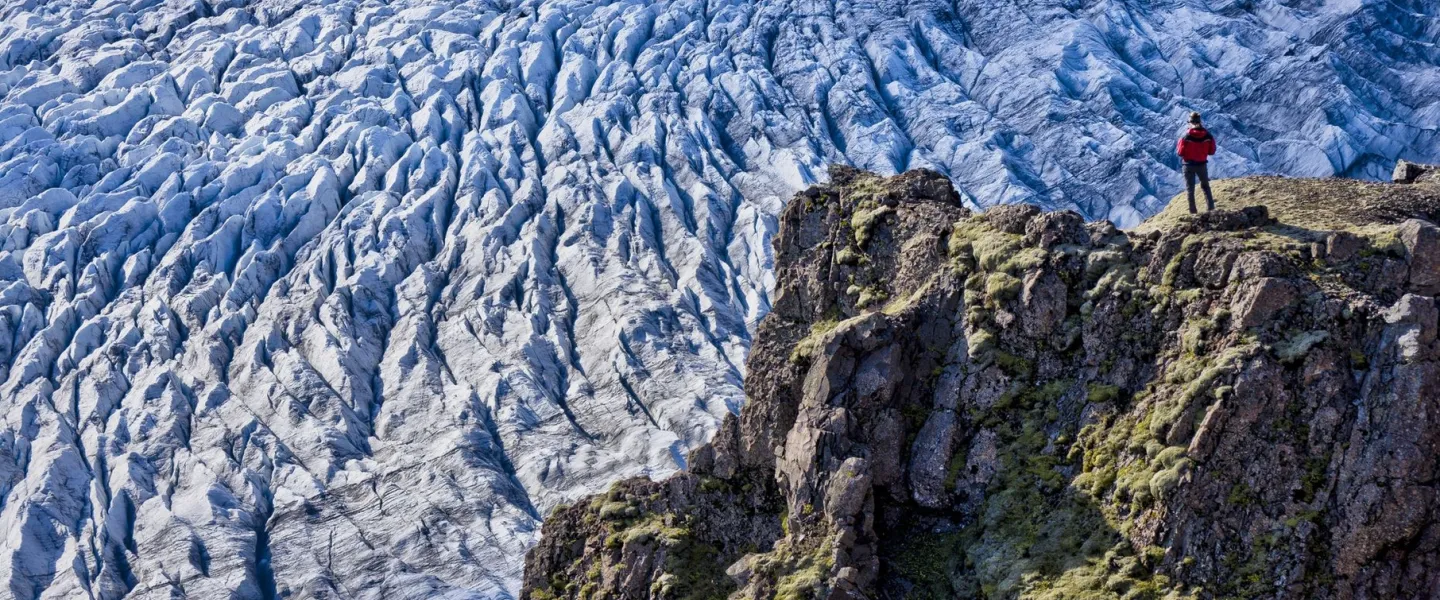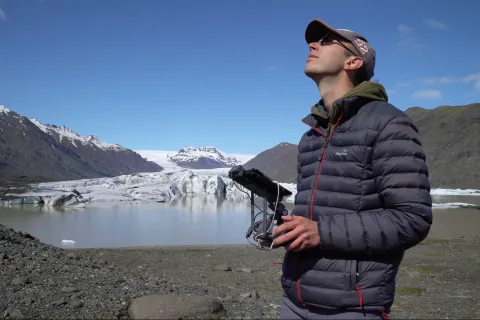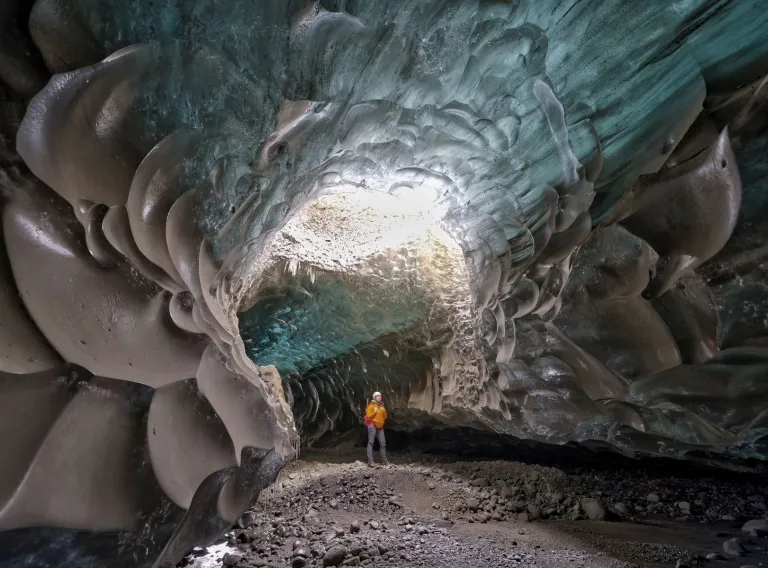
How does the beauty of glaciers affect us? Why are we fascinated by them? What would it mean for us as human beings if the glaciers disappear?
The scholar Þorvarður Árnason from the University of Iceland Research Centre in Hornafjörður offers these questions as an explanation of the origins of the film After Ice. Indeed, they tell us more than any long-winded answers about the consequences of the melting of Iceland's glaciers. The film After Ice premiered online on 11 March, a collaboration between Þorvarður and Kieran Baxter, a lecturer in communication design at the University of Dundee in Scotland.
The film addresses the challenges of the UN Sustainable Development Goals, focusing on how climate change is affecting glaciers with the above questions in mind. Þorvarður and Kieran's fascination with visual and digital media was not the only inspiration for the project, because they also share a passion for glaciers and glacial landscapes. The short film also features a poetic narration, composed primarily by M Jackson, the glaciologist, author and two-time Fulbright Scholar at the Research Centre in Hornafjörður.

